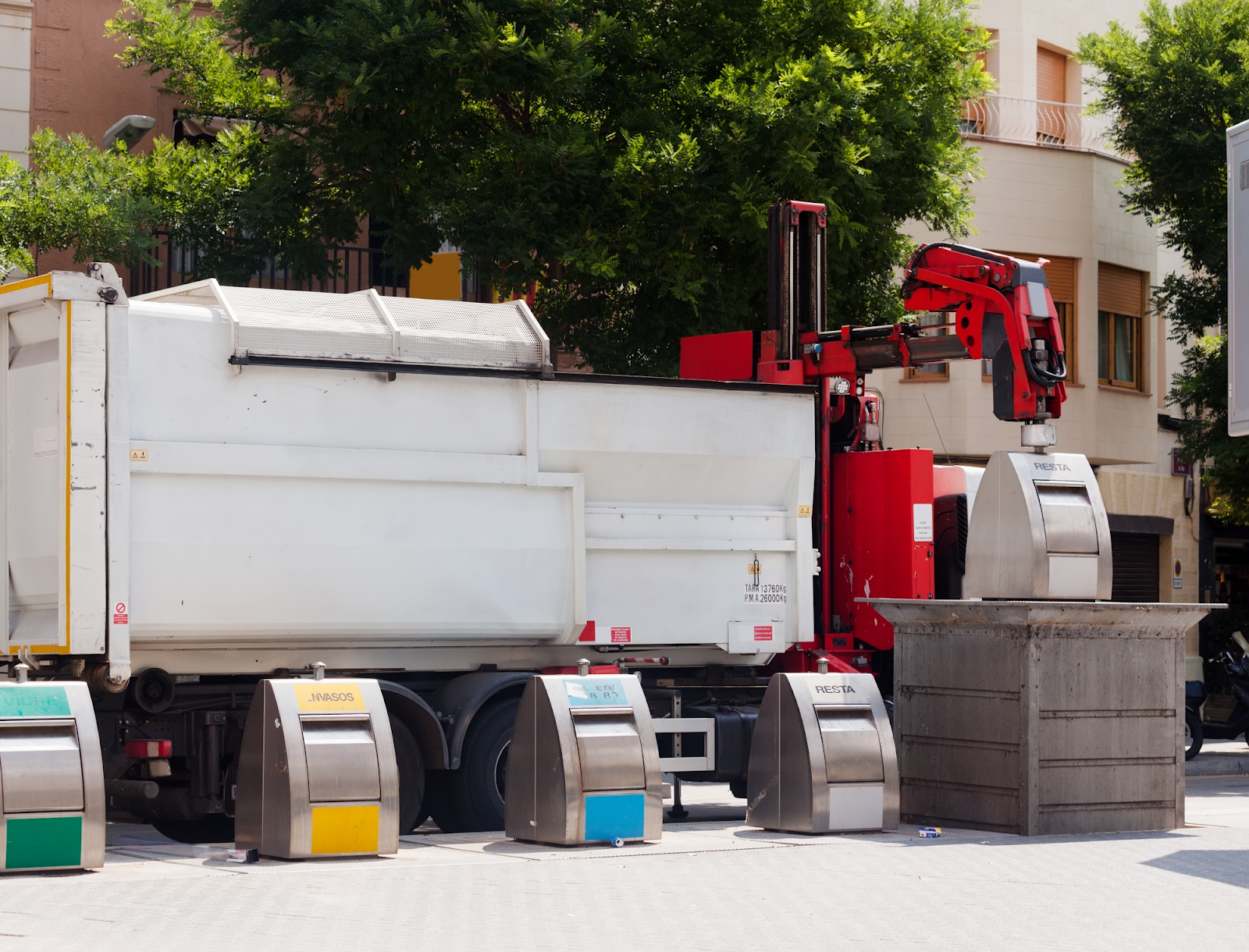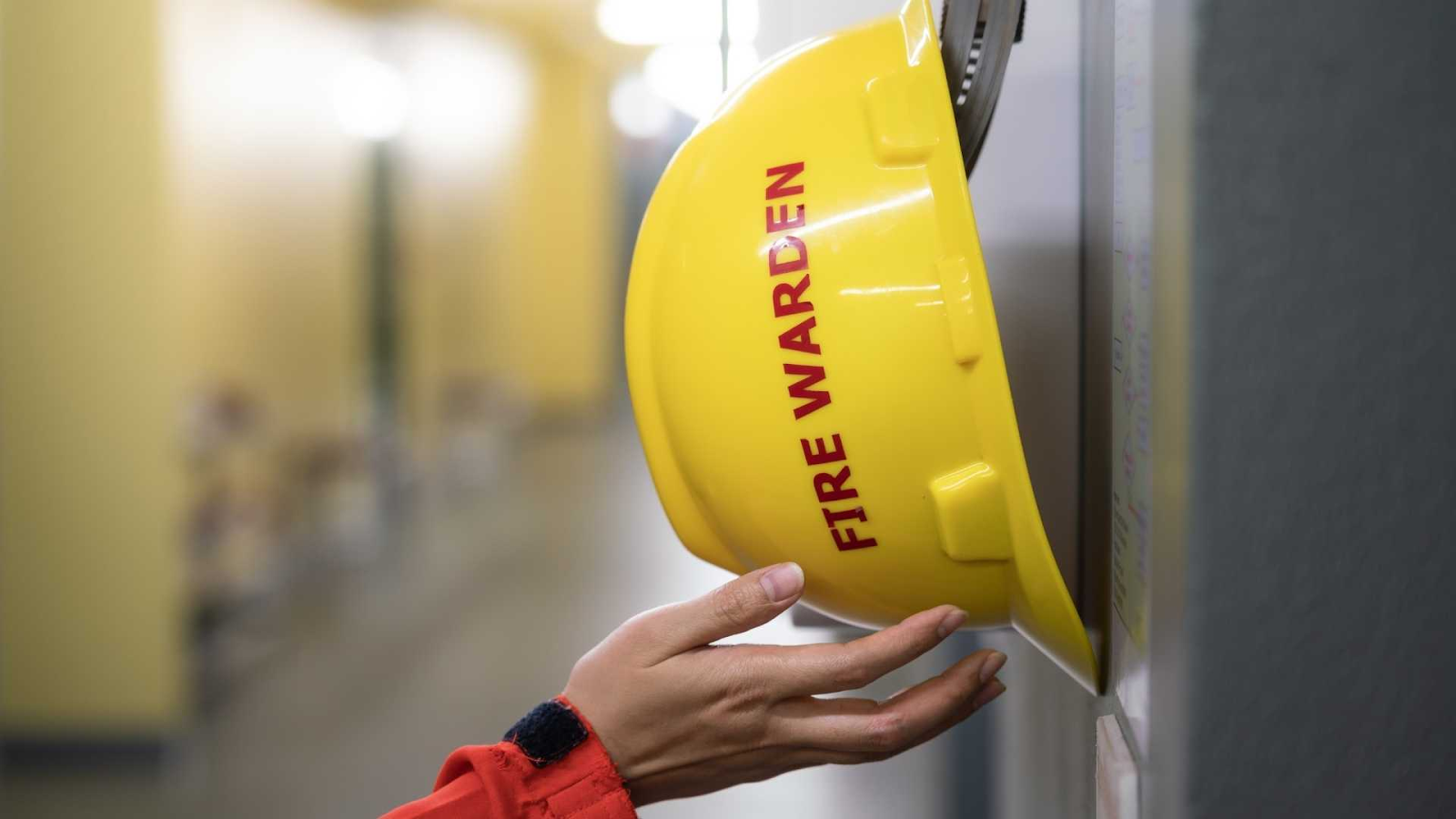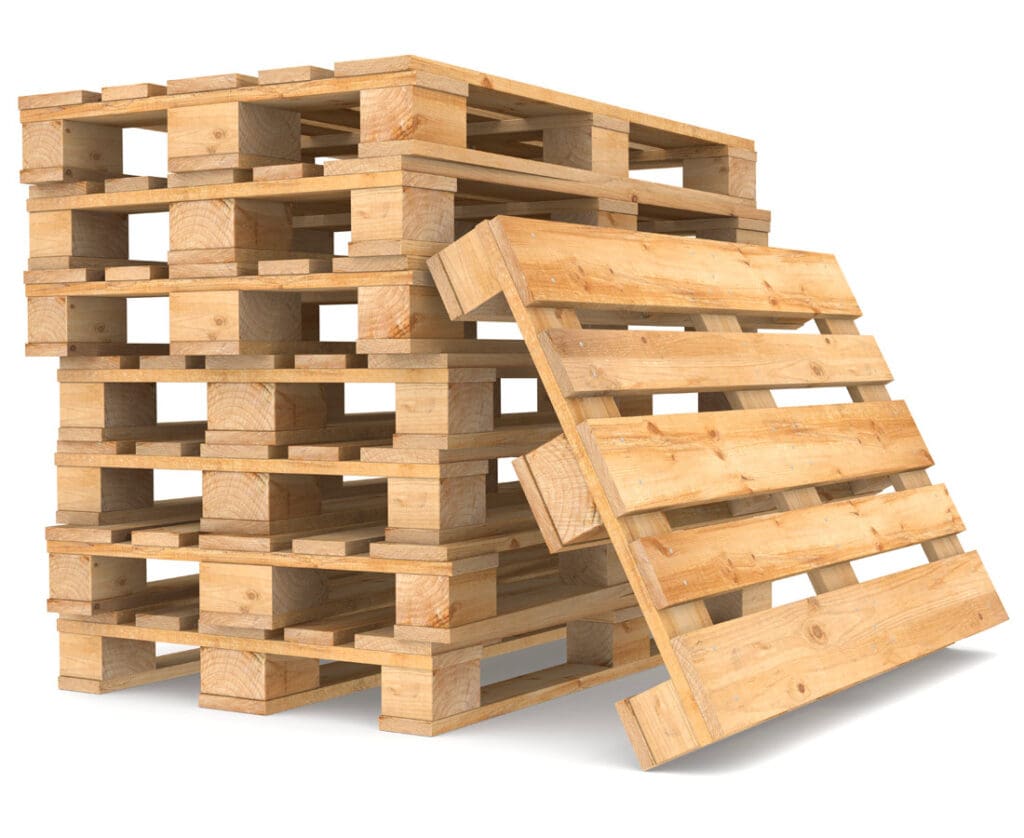
As the owner of a small construction company or a homeowner tackling a major renovation project, you’ve likely found yourself in need of a reliable way to manage the inevitable waste and debris that accumulates. One solution that has gained popularity in recent years is dumpster leasing, a practical and convenient option for temporary waste disposal. In this comprehensive guide, we’ll explore the ins and outs of dumpster leasing, helping you navigate the process and make informed decisions for your next project.
Understanding Dumpster Leasing
Dumpster leasing, also known as “dumpster rental,” is the process of renting a large waste container, typically made of metal, for a specific duration of time. These containers come in a variety of sizes, ranging from small 10-yard bins to larger 40-yard dumpsters, allowing you to choose the right fit for your needs. The leasing period can vary from a few days to several weeks, depending on the scope of your project and the amount of waste you need to dispose of.
Maximizing the Efficiency of Your Dumpster Lease
To get the most out of your dumpster lease, it’s essential to optimize its usage. This may involve carefully planning the loading process, ensuring that the dumpster is filled efficiently to maximize the available space. Additionally, consider segregating different types of waste, such as recyclables and hazardous materials, to streamline the disposal process and potentially reduce costs.
Before you can begin the dumpster leasing process, it’s essential to assess your specific needs. Consider the size of your project, the volume of waste you anticipate generating, and the duration of time you’ll require the dumpster. This information will help you select the appropriate dumpster size and rental period, ensuring you have the necessary capacity to handle your waste efficiently.
Choosing the Right Dumpster Size
One of the most important decisions you’ll make when leasing a dumpster is selecting the appropriate size. Dumpster sizes are typically measured in cubic yards, with common options ranging from 10 yards to 40 yards. A 10-yard dumpster might be suitable for a small home renovation or a minor cleanout, while a 40-yard dumpster would be more appropriate for a large construction project or a full-scale home demolition. By choosing the right size, you can avoid overpaying for excess capacity or underestimating your needs and requiring an additional rental.
The cost of dumpster leasing can vary depending on several factors, including the size of the dumpster, the rental duration, and your geographic location. In addition to the base rental fee, you may also encounter additional fees, such as delivery and pickup charges, disposal fees, and potential surcharges for exceeding weight limits or rental periods. It’s crucial to carefully review the dumpster rental company’s pricing structure and understand all the associated costs before committing them to a lease.
Preparing for Dumpster Delivery and Pickup
Once you’ve selected the appropriate dumpster and arranged for the rental, it’s time to prepare for its delivery and eventual pickup. Make sure to choose a suitable location on your property where the dumpster can be placed, ensuring it doesn’t obstruct access or interfere with other activities. Additionally, be mindful of any local regulations or permit requirements that may apply to the placement of a dumpster on your property.





